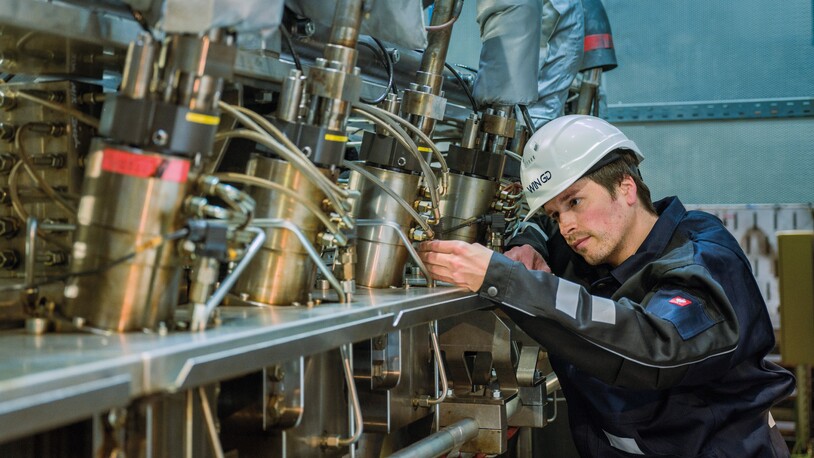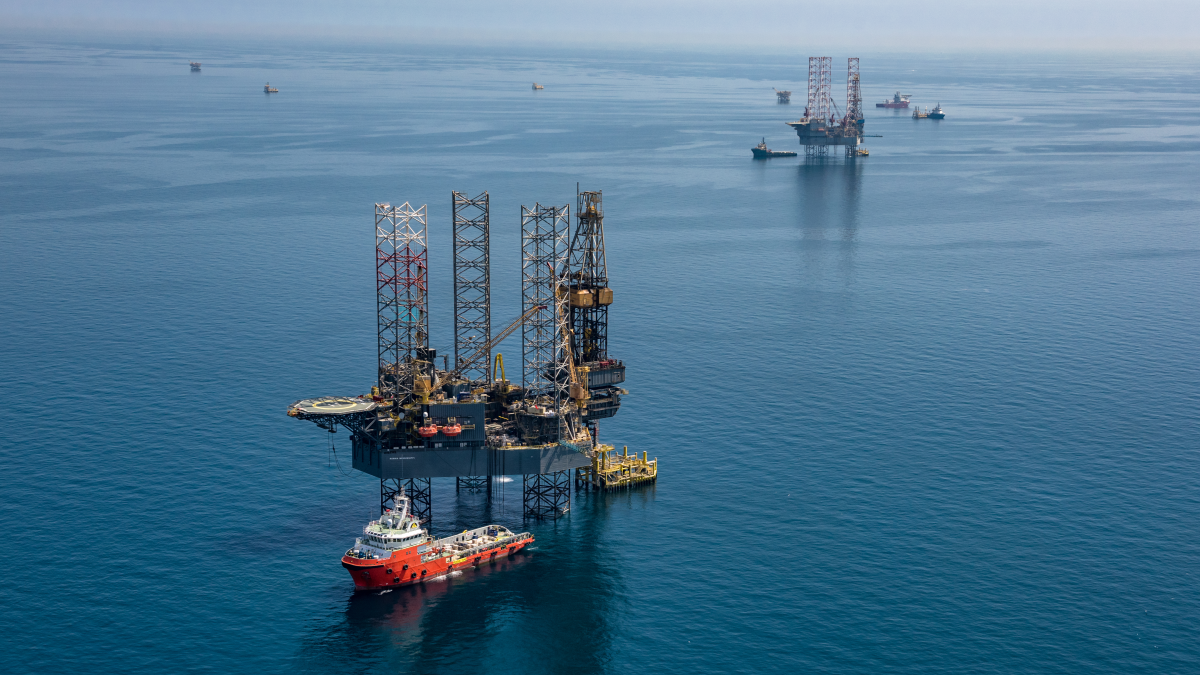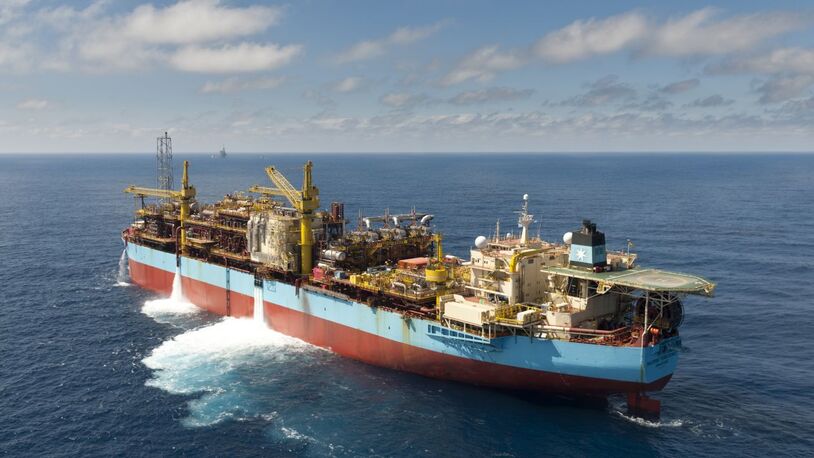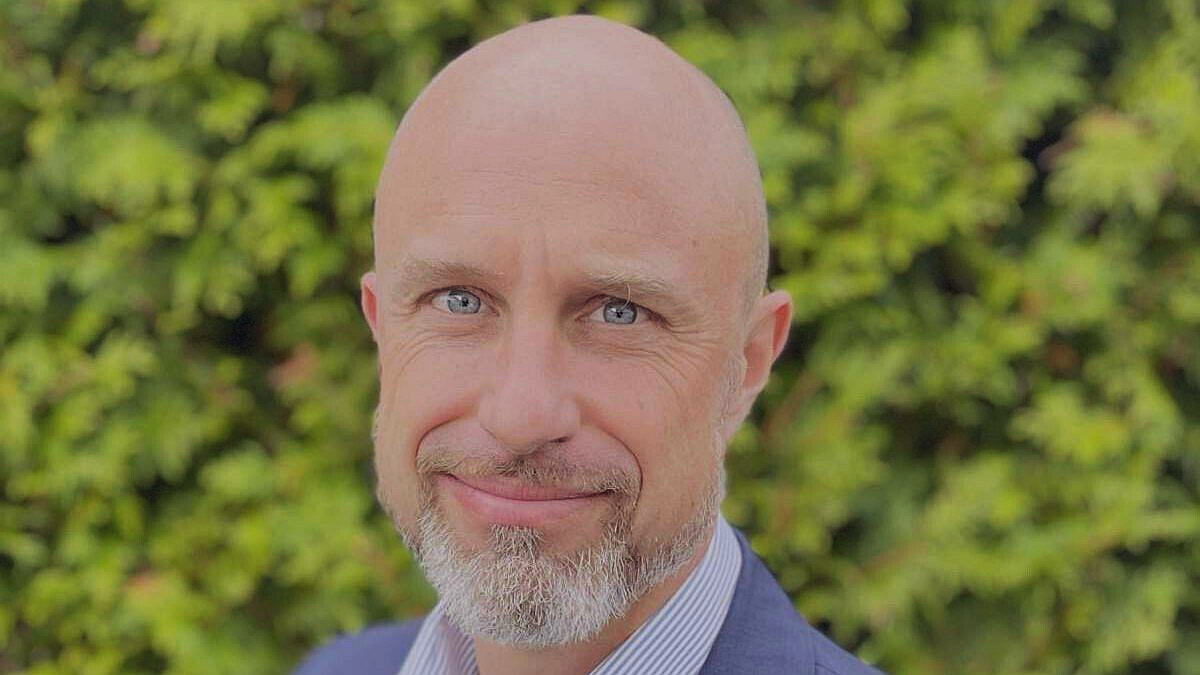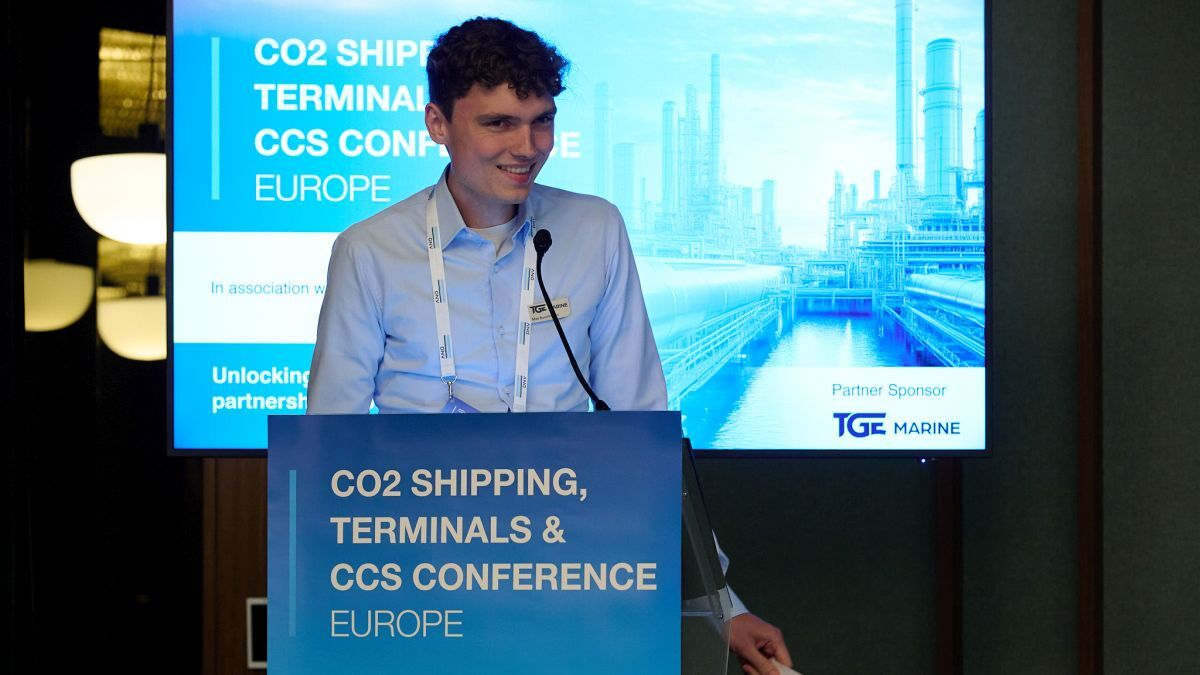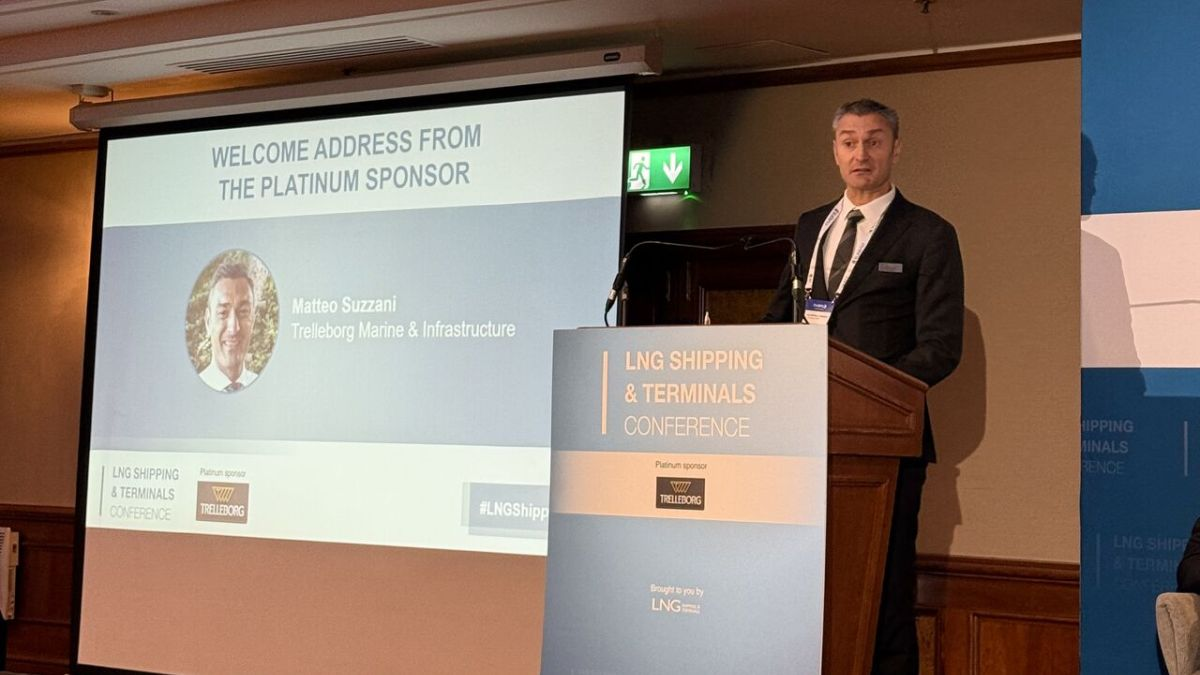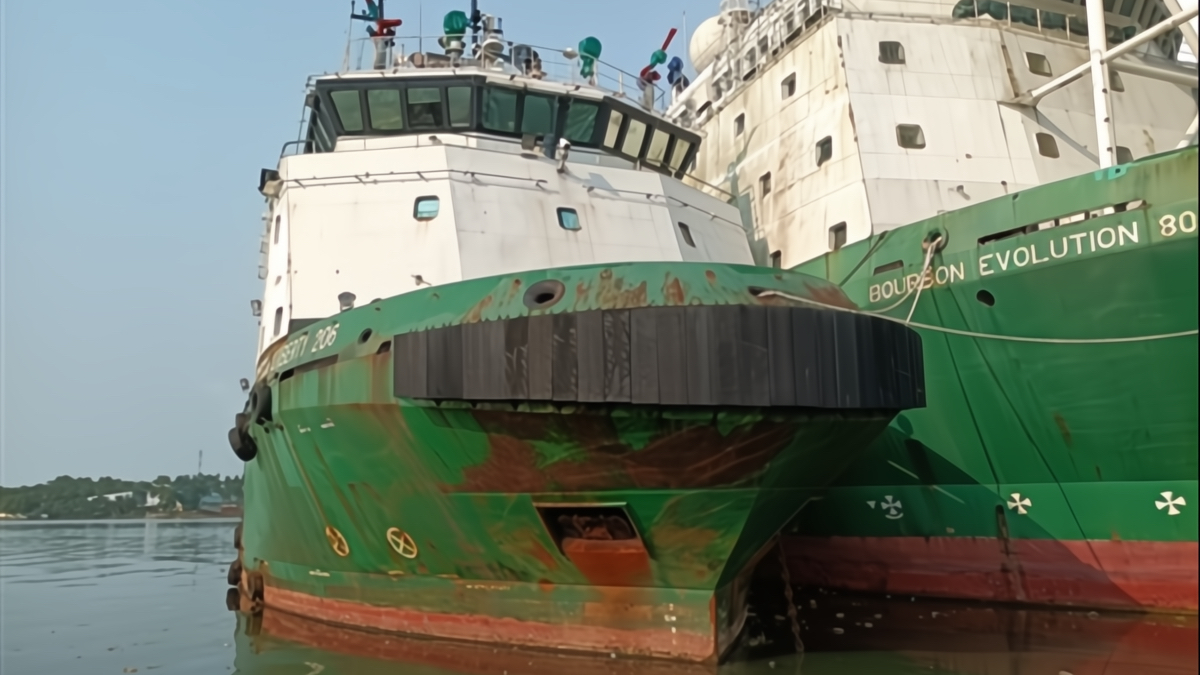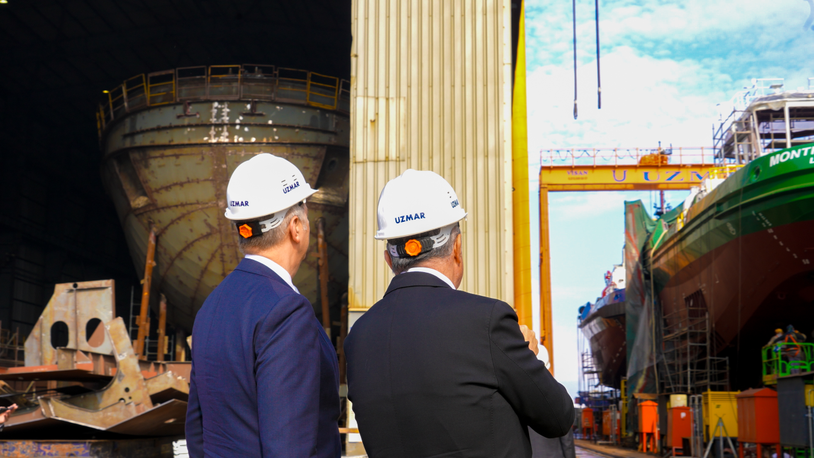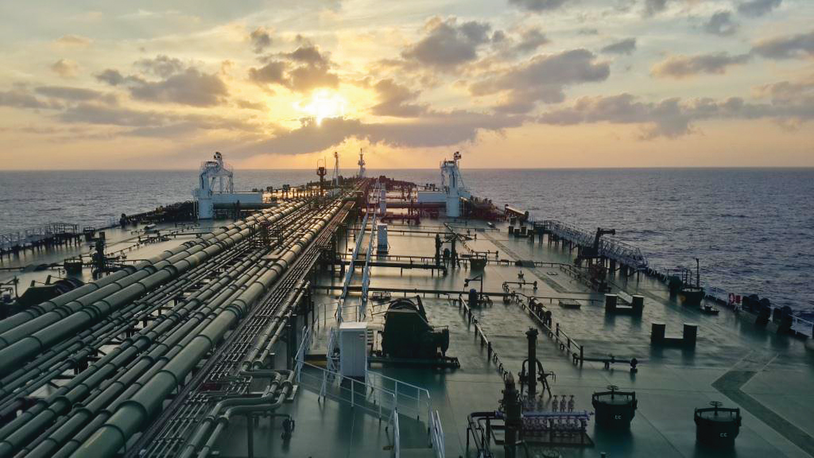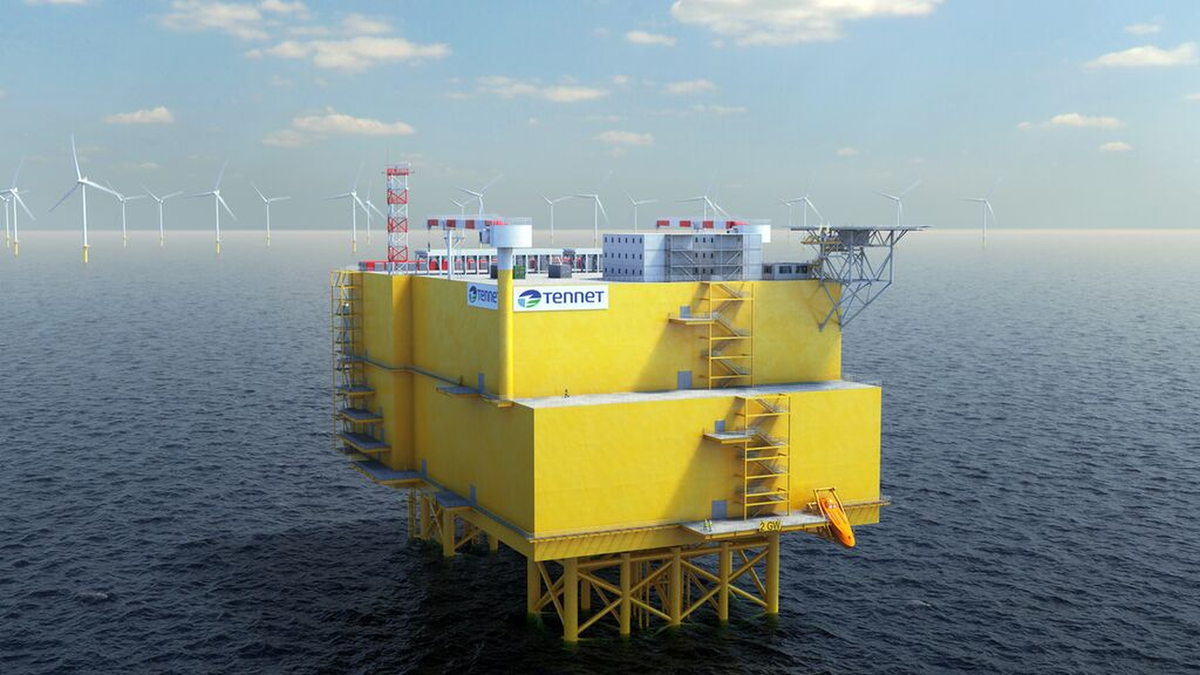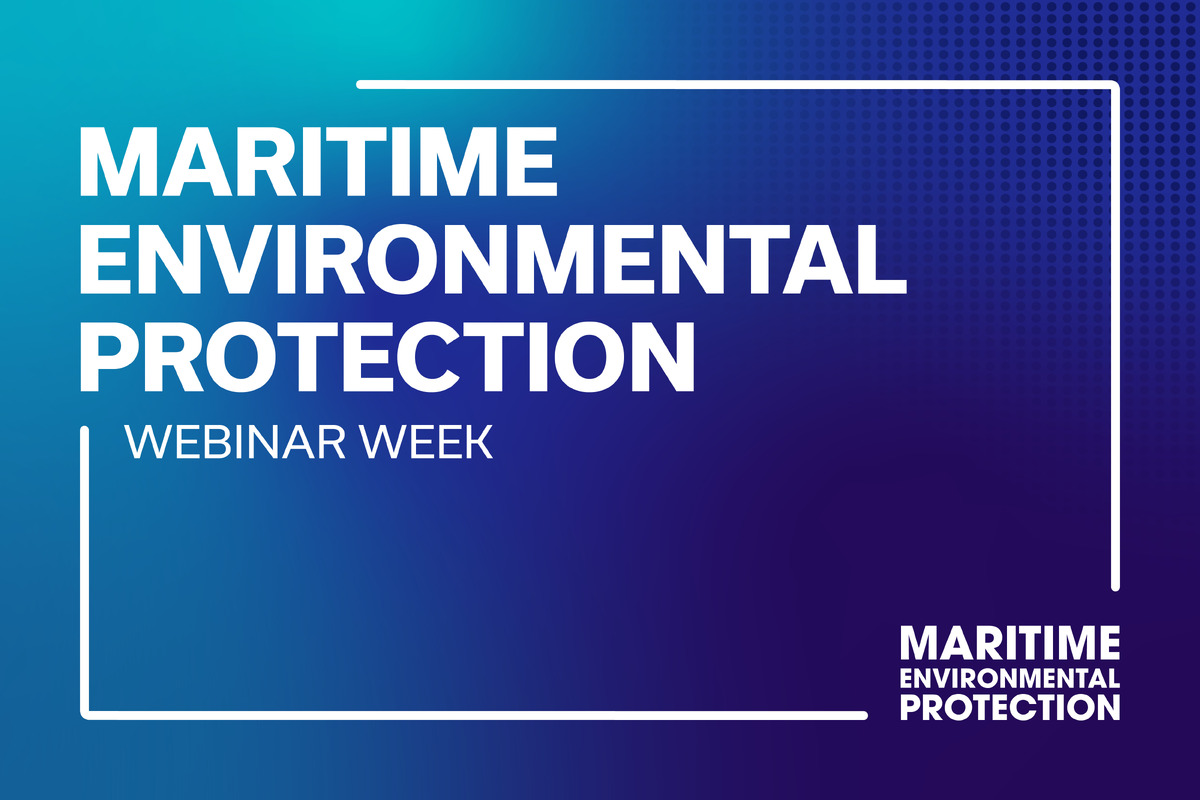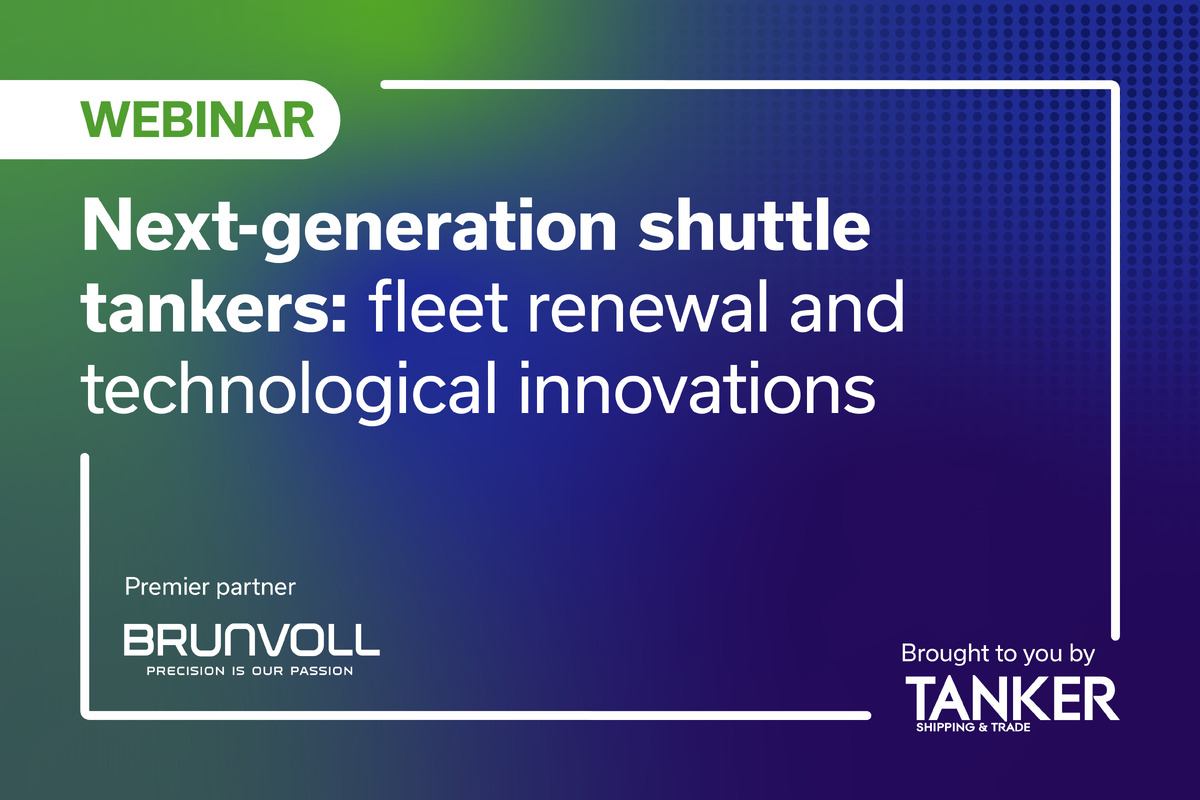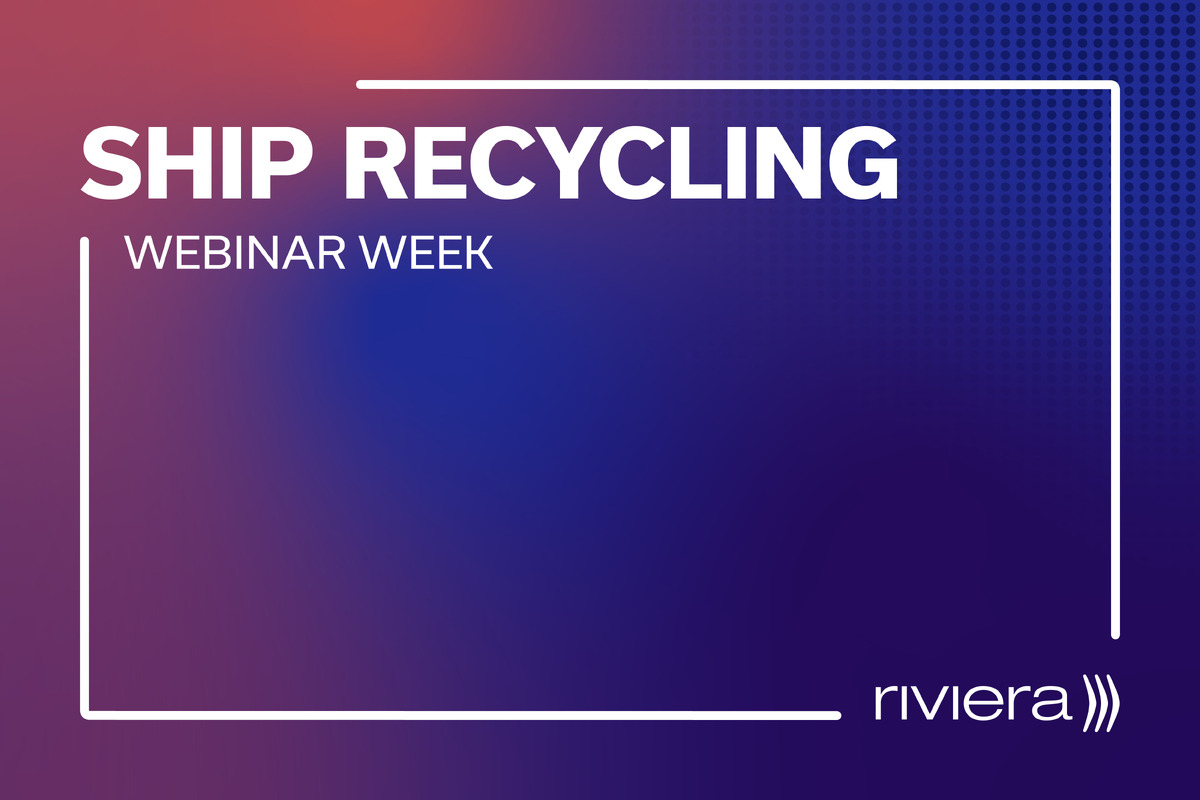Business Sectors
Events
Marine Coatings Webinar Week
Contents
Register to read more articles.
Middle East Gulf - the ‘locomotive driving oil and gas’
Despite the suspension of 22 jack-up rig contracts, leading OSV owner and analysts remain bullish on offshore oil and gas in the Middle East
While Saudi Arabia’s curtailment of its oil production expansion took the market by surprise earlier this year — followed by a spate of jack-up contract suspensions — an executive for a leading OSV owner sees continued strong demand in the Middle East.
OSV owners are seeing “a better market than we have seen for a long time and…the Middle East is the locomotive driving oil and gas,” P&O Maritime Logistics chief executive, Martin Helweg, told Riviera. Mr Helweg sees investment in gas development continuing to underpin offshore activity in the region.
He initially was concerned when the news broke about Saudi Aramco’s suspension of contracts for 22 jack-ups, which had a knock-on effect, impacting almost 40 offshore support vessels, including some of P&O Maritime’s.
Mr Helweg feared it could lead to a more systematic downturn in the market. “But,” he added, “that has not been the case.”
P&O Maritime Logistics (P&O ML) has not seen any similar pullback in Qatar, Abu Dhabi or in the rest of the region following Saudi Aramco’s production adjustment, said Mr Helweg, noting that the state-owned oil major “is pressing forward, just not as fast.”
Recent market reports by energy analysts and brokers confirm Mr Helweg’s assessment. Singapore-based brokerage firm UOB Kay Hian maintains a “bullish view” on the Middle East, despite the recent jack-up suspensions by Aramco. The Singapore broker says “day rates and utilisation rates appear to be holding up well” in the region. “[Prior to the suspensions], the jack-up segment has been one of the better performers this year, with day rates and utilisation rates up 11% and 15% yoy respectively,” pointed out UOB Kay Hian.
Market analysts MSI reported US$50Bn in offshore projects were awarded in H1 2024 in the Middle East Gulf, and expects if current trends continue, the region will surpass spending in 2022 and 2023.
Aramco is maintaining its current production capacity of 12M barrels of oil per day (bopd), following the cancellation of the Safaniya and Manifa offshore projects. The state-owned energy major is shifting its focus to develop more natural gas resources.
At the end of June, the Kingdom handed out a whopping US$25Bn in contracts for its Jafurah II and Master Gas System III projects, increasing its unconventional (shale) gas production.
In July, Abu Dhabi-based ADNOC Offshore awarded a US$733M contract to ADNOC Drilling for three island drilling rigs in support of the growing operations at the offshore Zakum field. ADNOC Drilling chief executive, Abdulrahman Abdulla Al Selari, said new island rigs would “be the most advanced in the world, embracing artificial intelligence, the most transformative technology of our generation.” The rigs, which will be constructed by China’s Honghua Group, will be delivered for the start of operations in 2026.
The Upper Zakum Oilfield has an estimated 50Bn barrels of oil reserves.
Meanwhile, QatarEnergy is undertaking a major drilling campaign to expand gas production from its North Field, underpinning its plan to increase LNG liquefaction capacity by 85% by 2030.
As of 1 July, rig utilisation levels in the Middle East Gulf were a healthy 85%, with 130 jack-up and mobile offshore drilling units (MODUs) active, and just 23 in layup, according to data from VesselsValue.
Similarly, 1,108 OSVs and 309 offshore construction vessels (OCVs) were operating, yielding active fleet utilisations of 86% and 88%, respectively.
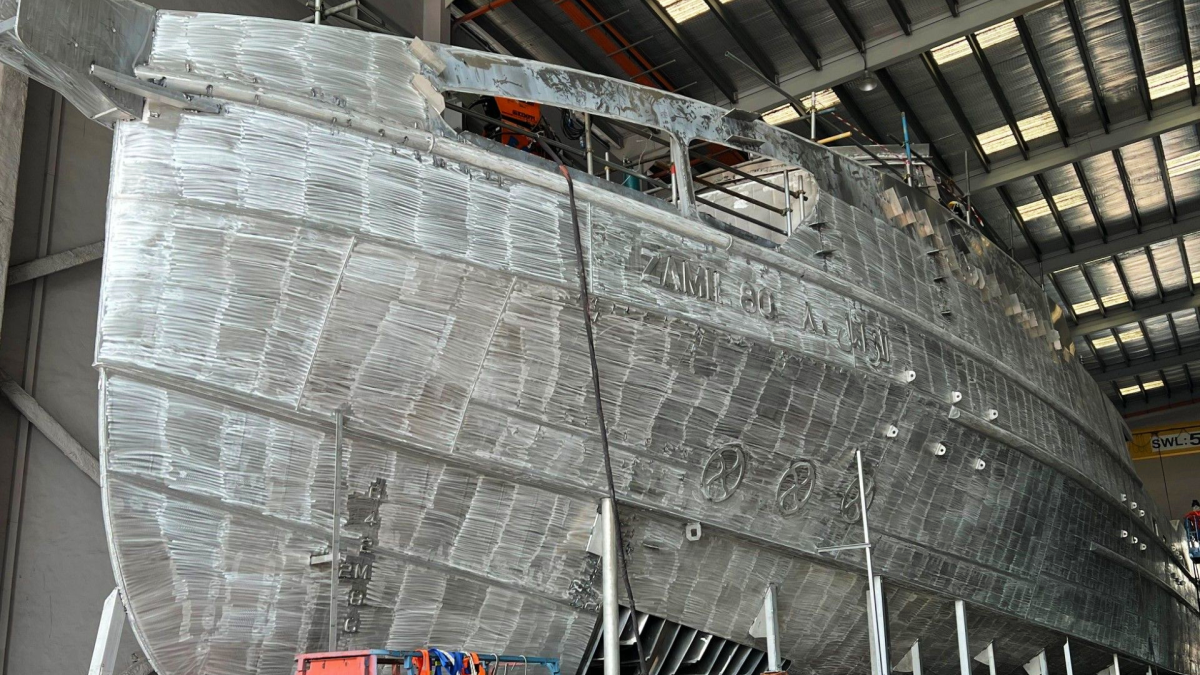
Striking a balance
“As a shipowner, we try to balance short-term gain and long-term utilisation,” said Mr Helweg. “The Middle East does not have the highest rates for us, but it is a fairly stable market, and there is a lot of longevity in this market.” He said Qatar offers “decent rates and really strong demand.”
As a result of the varying regional market dynamics, P&O ML strikes a balance for its vessels between long-term contracts in Qatar, Saudi and the Caspian — where it is a major player — with short-term contracts in West Africa. Mr Helweg is pleased with the company’s overall portfolio, which he feels maximises the returns available in the current upcycle.
“We made a tactical choice of not contracting a certain portion of our fleet for more than a year, including options. As market rates continue to increase, we, like other owners, want to ride that curve up. With more long-term contracts you have less ability to do that,” he said.
Just a few years ago, the “name of the game” for OSV owners was to drive utilisation. A resurgence in demand and a tight supply of tonnage make for improving day rates that will allow owners to take advantage of the upcycle of repair tattered balance sheets and retire less favourable debt.
“We try to balance short-term gain and long-term utilisation”
“We don’t dictate the rates but want to make sure that we ride that curve upwards,” said Mr Helweg.
The fallout from the Saudi Aramco suspensions resulted in contracts for four P&O ML vessels being cancelled, but there was a silver lining for the Dubai-based owner. “We’re actually signing contracts that are 15% higher in rates,” declared Mr Helweg.
As an example, vessel revenues in the Middle East reported by Tidewater rose to US$37.9M in Q1 2024, up from US$30.8M in the same period in 2023. Vessel utilisation rose to 86.6%, as did vessel day rates to US$11,108 from the previous quarter when they were US$10,855 and 85.6%, respectively. But vessel operating expenses jumped, too, by 6.6%, rising from US$6,304 per day to US$6,719, demonstrating the fine line owners must walk to remain profitable.
Newbuildings, conversions and consolidation
While the first orders are being placed for newbuildings, Mr Helweg does not think the timing is quite right. “We’re not investing into newbuildings, and nor do I think we should. It’s a very simple game of supply and demand, and we shouldn’t destroy the supply side now that is finally somewhat balanced.”
But that does not mean P&O ML is not investing in its existing fleet. It is undertaking several conversion projects, including refitting one of its module-carrying vessels (MCVs) into a dynamic positioning class-2 export and inter-array cable-lay vessel to support offshore windfarm development.
“The jack-up segment has been one of the better performers this year”
Some MCVs are being operated as “micro-feeder vessels,” carrying upwards of 250 TEUs. MCVs were chartered to support the construction of one of Europe’s largest offshore windfarms off the coast of Germany.
When P&O ML does pull the trigger on newbuildings, it will be guided by commitments made by parent DP World. At COP28 in Dubai in 2023, DP World joined the First Movers Coalition, setting a target of powering at least 5% of its short-sea shipping with zero-emission fuels through the introduction of hybrid-electric and methanol-enabled feeder ships.
FSIVs under construction
One of the largest OSV owners in the Middle East, Saudi-based Zamil Offshore Services, will grow its fleet with the addition of four 60-m fast support intervention vessels (FSIVs) under construction at a Singapore shipyard.
Being built to ABS class by Lita Ocean, the FSIVs, Zamil 80, Zamil 81, Zamil 82 and Zamil 83, will be used to transport cargo, maintenance equipment and personnel for Saudi Aramco’s operations in the Middle East. The main deck of each monohull FSIV will provide a clear deck area of 250 m2 for cargo, rated at 2.5 t/m2. Additionally, a business class forward cabin will provide seating for 60 service personnel.
The vessels will comply with the latest marine contract vessel specifications and requirements from Saudi Aramco, including ABS SMART and IDM-A notations.
Designed by Incat Crowther, each FSIV will be powered by four MTU 16V4000 diesel engines coupled to ZF gearboxes driving Hamilton HT810 Waterjets. Full load service speed for the dynamic positioning class-2 vessels will be 25 knots. Three Hydromaster tunnel bow thrusters will provide manoeuvrability for docking and unloading of cargo and personnel. Two of the main engines will be coupled to 1,200 m3/hr firefighting pumps offering FiFi-1 capability.
Construction of the new vessels is well underway at Lita Ocean, with deliveries taking place in 2024 and 2025.
In February, Saudi Arabia’s Public Investment Fund acquired a 40% stake in Zamil Offshore Services. The Saudi sovereign wealth fund’s investment is aimed at backing the expansion of Zamil Offshore’s services and fleet, which already controls about 90 vessels in the Gulf.
Zamil Offshore has two joint ventures, including Zamil Mermaid – which provides subsea diving services – and SBS Oceanics, which offers maintenance, modification and upgrade services for offshore platforms.
Lita Ocean and Incat Crowther teamed up on a series of three newbuild 33-m crewboats for NSW Nakilat SvitzerwijsMuller. Those boats serve as wellhead maintenance and crew transfer vessels for QatarEnergy. The Singapore shipbuilder also delivered the 23-m workboats NSW Hassa and NSW Huwailah to NSW Nakilat SvitzerwijsMuller for Qatar this year.
Related to this Story
Events
Marine Coatings Webinar Week
Maritime Environmental Protection Webinar Week
Ship Recycling Webinar Week
© 2024 Riviera Maritime Media Ltd.

